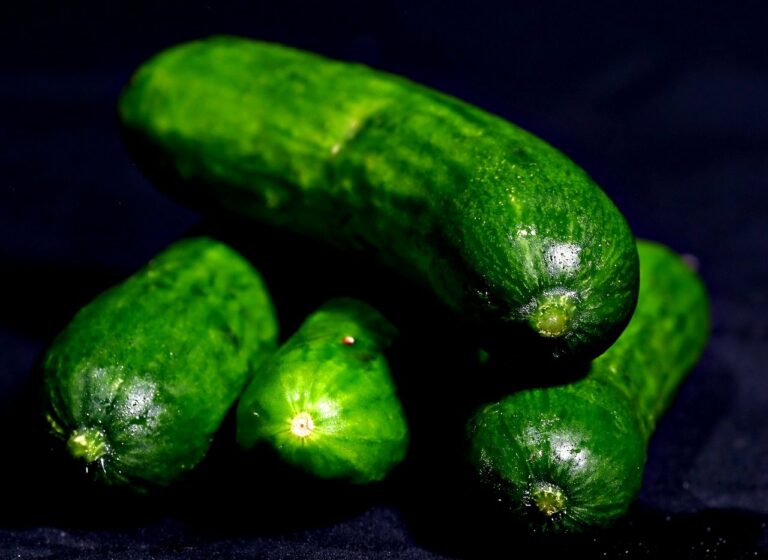Innovations in Poultry Disease Surveillance: 11xplay, India 24 bet login registration, Skyiplay
11xplay, india 24 bet login registration, skyiplay: Poultry disease surveillance is a critical aspect of the poultry industry that helps monitor and control the spread of diseases among birds. With advancements in technology and research, there have been significant innovations in poultry disease surveillance methods in recent years. These innovations have helped poultry farmers and veterinarians to detect and prevent diseases more effectively, ultimately leading to healthier flocks and increased productivity.
In this blog post, we will explore some of the latest innovations in poultry disease surveillance that are shaping the future of the industry.
1. Genomic Sequencing
Genomic sequencing has revolutionized the way poultry diseases are identified and monitored. By sequencing the genomes of pathogens, researchers can pinpoint the exact genetic make-up of viruses and bacteria that cause diseases in poultry. This information allows for more accurate diagnosis and targeted treatments, leading to better control and prevention of diseases.
2. Artificial Intelligence
Artificial intelligence (AI) is being increasingly used in poultry disease surveillance to analyze large volumes of data and detect patterns that may indicate the presence of a disease outbreak. AI algorithms can process data from various sources, such as sensor data, satellite images, and veterinary records, to identify potential disease hotspots and predict outbreaks before they occur.
3. Remote Sensing Technologies
Remote sensing technologies, such as drones and satellites, are being used to monitor poultry farms and detect signs of disease outbreaks from a distance. These technologies can provide real-time data on environmental conditions, bird behavior, and biosecurity measures, allowing for quicker responses to potential threats to flock health.
4. Wearable Technology
Wearable technology, such as smart tags and sensors, can be attached to individual birds to monitor their health and behavior in real-time. These devices can track vital signs, activity levels, and location, providing valuable data to identify sick birds early and prevent the spread of diseases within the flock.
5. Blockchain Technology
Blockchain technology is being explored as a secure and decentralized platform for storing and sharing poultry disease surveillance data. By using blockchain, stakeholders can ensure the integrity and traceability of information, making it easier to track disease outbreaks and coordinate responses between different parties in the poultry industry.
6. Rapid Diagnostic Tests
Rapid diagnostic tests are becoming more widely available for poultry disease surveillance, allowing farmers and veterinarians to quickly identify pathogens in the field. These tests provide results within hours, enabling faster decision-making and implementation of control measures to contain the spread of diseases.
7. Mobile Apps
Mobile apps are being developed to streamline poultry disease surveillance activities, allowing users to report and track disease outbreaks, access relevant information and resources, and communicate with experts and authorities in real-time. These apps can improve collaboration and data sharing among stakeholders, leading to more effective disease control measures.
8. Integrated Data Platforms
Integrated data platforms are emerging as a way to consolidate and analyze diverse sources of information related to poultry health and disease surveillance. By combining data from various sources, such as farm management systems, laboratory reports, and epidemiological studies, these platforms can provide a comprehensive view of disease trends and risk factors, guiding proactive interventions and strategies.
9. Training and Capacity Building
Training programs and capacity-building initiatives are essential for ensuring that poultry farmers, veterinarians, and other stakeholders have the knowledge and skills to effectively conduct disease surveillance activities. By investing in education and training, the poultry industry can enhance its ability to prevent, detect, and respond to disease threats, ultimately safeguarding flock health and productivity.
10. Collaboration and Partnerships
Collaboration and partnerships between governments, research institutions, industry stakeholders, and international organizations are crucial for advancing poultry disease surveillance efforts. By working together, sharing resources and expertise, and coordinating responses to disease outbreaks, stakeholders can leverage their collective strengths to address complex challenges and promote a more resilient and sustainable poultry industry.
FAQs:
Q: What are the benefits of using genomic sequencing for poultry disease surveillance?
A: Genomic sequencing allows for more accurate diagnosis of pathogens, targeted treatments, and rapid response to disease outbreaks, ultimately leading to better control and prevention of diseases in poultry flocks.
Q: How can wearable technology help improve poultry disease surveillance?
A: Wearable technology can monitor individual bird health and behavior in real-time, allowing for early detection of sick birds and preventing the spread of diseases within the flock.
Q: How can blockchain technology enhance poultry disease surveillance efforts?
A: Blockchain technology provides a secure and decentralized platform for storing and sharing surveillance data, ensuring data integrity and traceability, and improving collaboration and coordination among stakeholders in the poultry industry.
In conclusion, innovations in poultry disease surveillance are transforming the way we detect, monitor, and control diseases in poultry flocks. By leveraging advanced technologies, data-driven solutions, and collaborative approaches, the poultry industry can enhance its capacity to safeguard flock health, improve productivity, and ensure food security for the future. Let’s continue to embrace these innovations and work together to build a more resilient and sustainable poultry sector.







